What will we save? The conservation decisions we make today will impact Canada’s wildlife forever
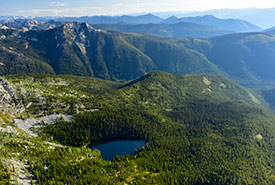
Next Creek alpine lake (Photo by Steve Ogle)
Nature conservation often means making tough decisions. The conservation that does, or doesn’t, happen today will have a big impact on the future of wildlife here in Canada and beyond. Canada is a large and vast country, and we are one of...
What does a conservation biologist do in the “other season?”
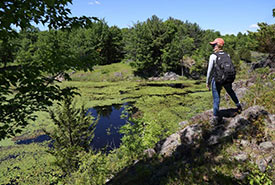
Is this what you think of when you hear conservation biology? ( Photo by Mike Dembeck)
There is a seasonal nuance to being a conservation biologist. If you look at my job description optimistically, my job involves afternoons looking for spring ephemeral flowers, summers canoeing on lakes and early autumn mornings catching the last...
Lake Erie: Recovery, or requiem?
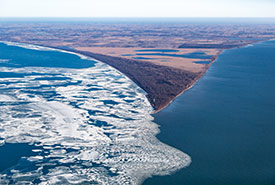
Aerial view of Point Pelee, ON (Photo by Gerry Kaiser)
Someone recently asked me how I would invest a million dollars to help conserve Lake Erie. My first thoughts were that I would use that money to protect wetlands and other habitats on the coast, or maybe to help farmers create wider buffer strips...
So you’ve acquired a property. Now what? (part one)

Is this what you think of when you hear conservation biology? ( Photo by Mike Dembeck)
New things are exciting. In my first few years as the Nature Conservancy of Canada’s coordinator, conservation biology for eastern Ontario, I couldn’t figure out why my favourite property kept changing. At first, it was the Emma Young...
A glimpse of the past: Using historic maps to guide land management
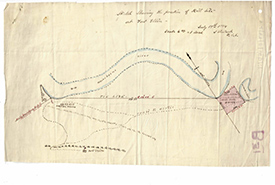
Historic land survey outlining the store house and fort site at NCC’s Fort Ellice property in MB (Photo by Manitoba Archives 2019)
The Prairie provinces, like much of agricultural Canada, look vastly different than they did before European settlement. During the development of Western Canada, forests were cleared, wetlands drained and grasslands plowed in an effort to settle...
Burning for change
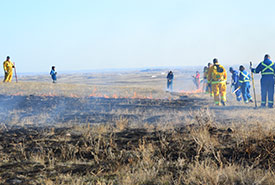
Prescribed burn at NCC's Old Man on His Back Prairie and Heritage Conservation Area, SK (Photo by NCC)
The Nature Conservancy of Canada (NCC) is committed to conserving nature in all its diversity, to create a legacy for future generations. NCC uses the latest conservation science to safeguard Canada’s lands and waters. As a part of this...
Allies in Indigenous-led conservation in Canada
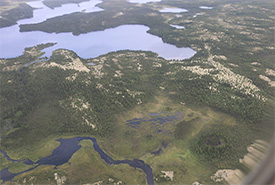
An aerial view of the landscape surrounding the community of Chisasibi, illustrating the vast expanses of open spruce and lichen forests, wetlands and waterways of Eeyou Istchee. (Photo by NCC)
In November 2017, I had the pleasure of travelling to the Cree community of Chisasibi with my colleague Chantal Otter-Tetreault, a protected areas coordinator from the Cree Nation Government. Chisasibi is one of the northernmost communities in...
Why no net loss in biodiversity offsets fails nature and people
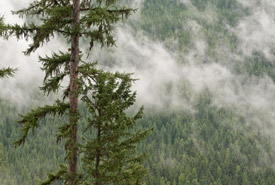
Misty Darkwoods forest, BC (Photo by Bruce Kirkby)
There is a new conservation tool making its way through the forests, wetlands and boardrooms of Canada: biodiversity offsets. Biodiversity offsets offer an opportunity to mitigate development impacts to nature that cannot be otherwise avoided....
No sunflower seeds in the washrooms, please: What it's like to hold a conservation planning meeting in small-town SK
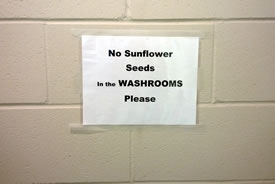
No sunflower seeds in the bathrooms, please (Photo by NCC)
“So, what are you guys up to today?” It is about 8:15 a.m. on a Tuesday morning and I’m picking up the keys for the Lumsden River Park Centre at the town office. I arrived before the office was open so Chris, who apparently...

